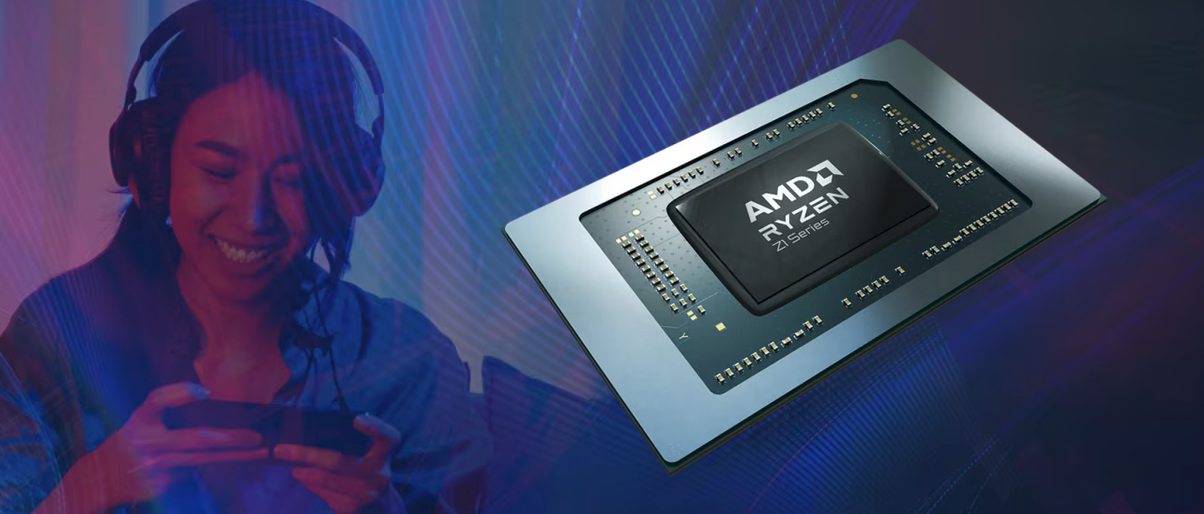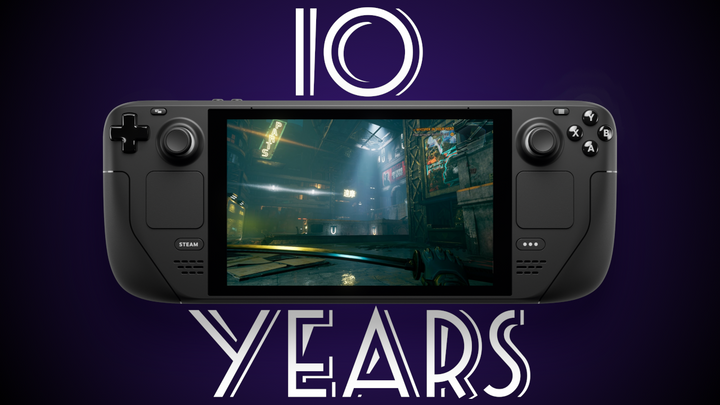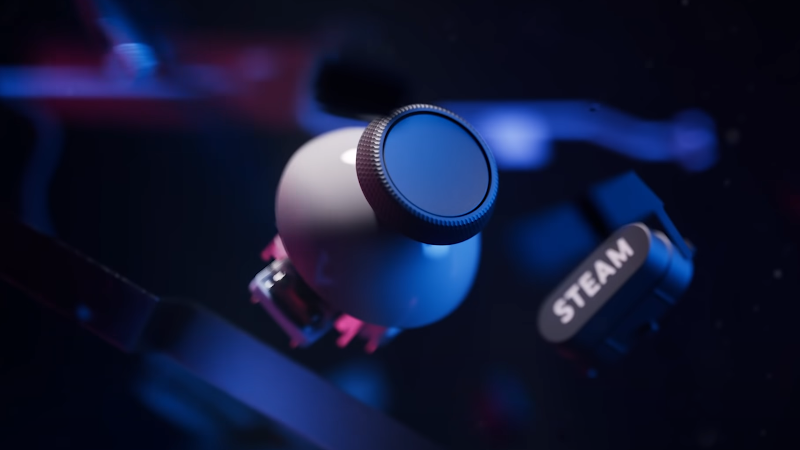AMD Finally Announces their Z1 Processor Aimed Squarely at Gaming Handhelds
The specs look very impressive on paper and hands-on are positive, but only time will tell if this is a victory for Asus.

Last week we saw some leaked performance and specs, but today AMD finally let the cat out of the bag. In a press release, they announce their new handheld focused Z1 and Z1 Extreme processors and specs are indeed nothing to scoff at. The Z1 is a 6 core/12 thread Zen 4 processor with 4 RDNA 3 compute units while the Z1 Extreme is an 8 core/16 thread processor with 12 compute units. This is in contrast to the Steam Deck’s custom Van Gogh Zen 2 processor, featuring 4 cores/8 threads and 8 RDNA 2 compute units.
What’s possibly even more impressive is the ROG Ally (the first to feature the Z1) will not only be the first handheld with a 120Hz screen, but said screen will also feature AMD FreeSync with variable refresh rate. This is big news as gamers will be able to disable V-Sync making games more responsive without experiencing screen tears.
The Phawx deduced from this new information it is highly likely the ROG Ally’s screen is a native landscape screen. That’s huge for a Windows handheld as native portrait screens have caused issues for older titles. Depending on how the ROG Ally is configured by the user, there could be the possibility of VRR saving some battery life.
Now let me stress how the ROG Ally is configured could make a huge difference for out of the box battery life. Without having the Ally in my hands I can’t say for certain, but it stands to reason that with some tinkering the ROG Ally could probably get comparable battery life to the Deck with some more power, or more battery life at comparable power.
Whether Asus is going to set the TDP of the device out of the box, something reasonable is something we’ll have to wait and see. With my experience with GPD devices, both my Win 3 and Win Max arrived to me set at 28w compared to the Deck’s capped 15w. If Asus wants to live up to their “double the Steam Deck performance” they may have to double the TDP resulting in sub par battery life.
Out-of-the-box impressions are huge to the success or failure of a product (look at Apple products). If John Smith buys the ROG Ally from Best Buy as his first PC gaming handheld and the device is loud, hot, and has bad battery life that could be a death knell for public reception. Enthusiasts know that can all be altered, but Asus is targeting a larger group with their first handheld.
/cdn.vox-cdn.com/uploads/chorus_asset/file/24441950/IMG_4961_2.jpg)
The other aspect to public opinion is how much will all of this cost. While we haven’t gotten official confirmation yet, Asus told PC Gamer it will be below $1,000. That’s great and all, but if the entry model starts at $800 then Asus will have an uphill battle selling to customers used to subsidized consoles like the Nintendo Switch. Asus has the advantage of being a larger manufacturer so they can bulk order components, but there might be something else happening behind the scenes.
This is just speculation, but in AMD’s press release for the Z1 the first use case they mentioned for this new processor was Game Pass. Not Steam, not Destiny 2, and not Fortnite. I originally didn’t pay much mind to Game Pass branding on the ROG Ally’s Best Buy page, but now I’m starting to wonder if Microsoft is helping foot a portion of the bill.
In AMD’s press release they featured a quote from Xbox’s head of hardware, Roanne Sones. All of this makes the ROG Ally seem like Xbox’s first unofficial handheld via Game Pass. Hopefully this will light a fire under Microsoft’s ass to make Windows more usable on these handheld devices instead of just cramming more ads in computers we paid for.
So what do you think? Does this new information get you excited about the Ally? Are you going to pick one up? Are you sticking with your Steam Deck? Let us know in the comments down below!





Comments ()